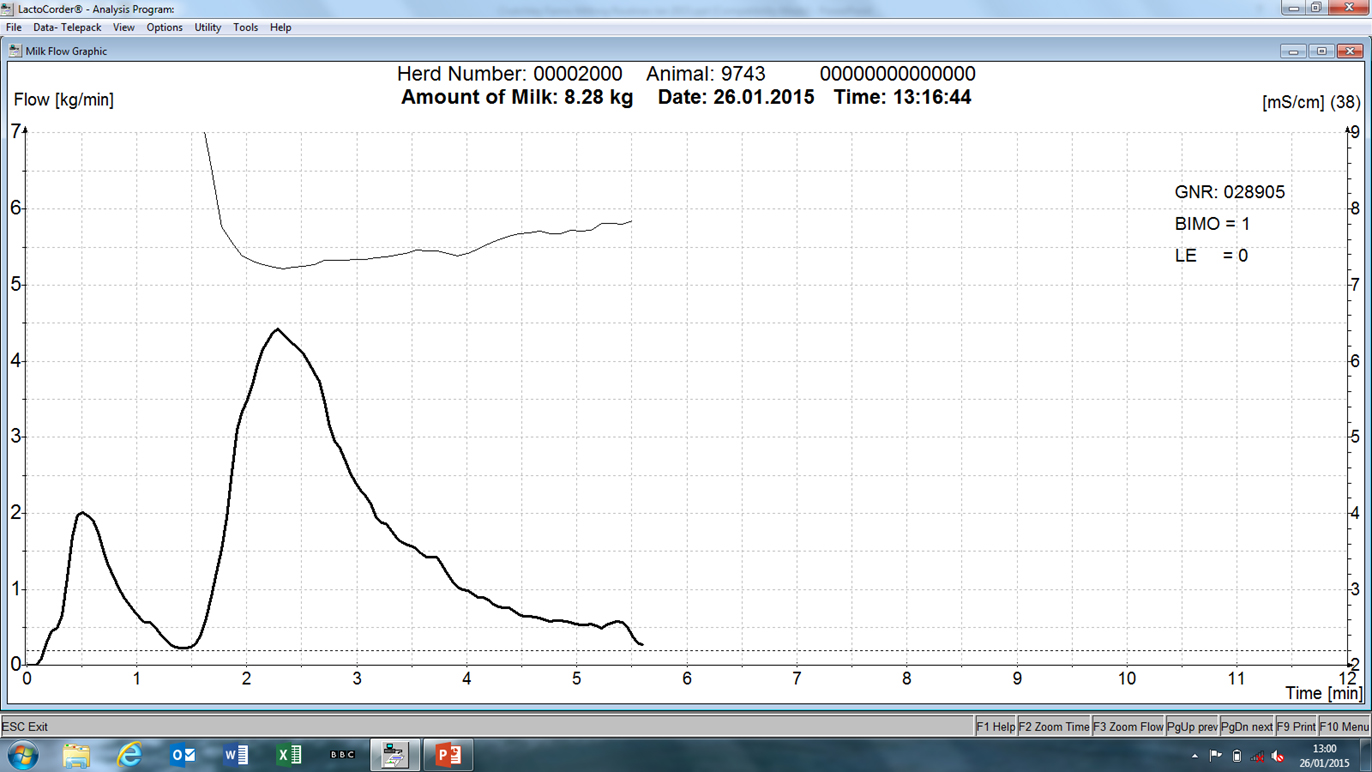Benefits of thorough pre-milking routine
Although herdsmen may not have understood the biology of their pre-milking routine back in the days of milking in cow sheds, they knew that to not properly stimulate a cow lead to a more difficult hand milking and lower milk yields. The invention of milking machines began to mask any downsides of not following a complete pre-milking routine. With less labour on dairy farms and with increasing numbers of cows per person involved with the dairy herd, short cuts have been taken at milking time, with elements of an effective milking routine being removed – where they could not be automated.
Prime among these revolve around the pre-milking routine. There was a trend – especially with the larger swing over milking parlours, to follow the philosophy of cows in, units on, cows out with very little if any teat preparation. This was often based on the fact that cows’ teats were considered clean and milk hygiene results were not leading to a reduced milk price. Where the somatic cell counts were high or clinical mastitis was an issue, the problem was very often blamed on the milking equipment or the housing.
However, in these situations dynamic milking assessments and observation of milk flow would indicate that the ineffective milking routine was leading to problems, and in many cases did not safe a great deal of time at milking.
Removing teat preparation from a milking routine, either throughout the year or when cows are turned out to graze ignores the substantial benefits that can be achieved.
Detecting abnormal milk or mastitis
Early detection of abnormal milk allows it to be excluded from the bulk tank, reducing bacterial counts and the somatic cell count (SCC). The early detection of abnormal milk also allows for early intervention and treatment which should reduce the recurrence rate and overall rate of new infections.
Stimulating milk let down
Manipulation of cows’ teats during pre-milking teat preparation results in milk let down.
A review of pre-milking teat preparation concluded that:
- Less than 10 seconds of teat cleaning is not an adequate stimulus for consistent letdown response.
- A teat cleaning procedure that results in a quality stimulus of 10 – 20 seconds is adequate to sanitise teats and achieve consistent milk letdown in most cows.
- The optimum “window of time” to apply teat cups is 60 – 90 seconds after the cow’s teats and udder are first touched by the milker (this is known as the prep lag-time).
- A prep-lag time of 60 seconds reduced average milking time per cow by 40 seconds and increased mean milk yield by 0.32kg per milking.
While the perception may be that milking can be speeded up by omitting pre-milking teat preparation, the opportunity to detect abnormal milk is lost and there are likely to be adverse effects on both the milking speed of cows and the amount of milk which they produce. It is important that all milkers follow the same routine to optimise the benefits.
Milking cows is not just about throughput but the production of top quality milk that matches the demands of the market place. Attention to detail nearly always pays.



